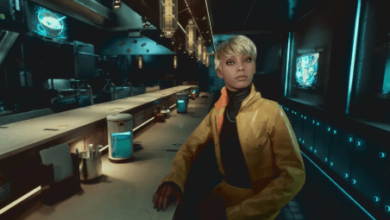Art:9aj_Kddy914= Power

Art possesses a unique capacity to influence and reflect the dynamics of Art:9aj_Kddy914= Power within society. Its ability to serve as both a mirror and a catalyst for change has been evident throughout history, where artists have navigated complex socio-political landscapes. By examining key moments when art has galvanized communities or challenged prevailing narratives, one can uncover its profound implications for contemporary movements. As we consider the evolving role of art in shaping our future, a critical question arises: how will these artistic expressions continue to redefine power in an increasingly interconnected world?
The Essence of Artistic Influence
Art:9aj_Kddy914= Power influence can be understood as a complex interplay of cultural, social, and individual factors that shape both the creation and reception of art.
Central to this dynamic are cultural identity and emotional expression, which inform the artist’s perspective and resonate with audiences.
These elements foster a dialogue that transcends boundaries, allowing art to serve as a powerful medium for personal and collective liberation.
Read More Art:7t26fhu_H9w= Backrooms
Historical Examples of Art and Power
Throughout history, art has served as a formidable instrument of power, shaping societal norms and influencing political landscapes.
From the propaganda art of totalitarian regimes to the cultural symbolism employed in revolutionary movements, artistic expressions have often been harnessed to galvanize public sentiment.
These historical examples illustrate how art transcends mere aesthetics, becoming a vital tool for social change and collective identity.

Modern Movements Shaped by Art
Contemporary movements continue to demonstrate the profound impact of art on social and political consciousness.
Through cultural resistance and visual activism, artists challenge oppressive narratives and galvanize communities. These movements leverage creative expression to address systemic injustices, fostering dialogue and inspiring action.
As art becomes a vehicle for liberation, it redefines societal norms, emphasizing the transformative power inherent in collective creativity.
The Future of Art as Change
As society grapples with complex challenges ranging from climate change to social inequality, the role of art as a catalyst for change is poised to evolve significantly.
Through innovative visual storytelling, artists can inspire a cultural revolution, challenging norms and fostering dialogue.
This transformative potential empowers communities, igniting passion and awareness, ultimately shaping a future where art becomes a vital instrument for social progress and liberation.
Read More Art:7nbbaotekl8= Cute Easy Drawings
Conclusion
In the tapestry of society, art weaves threads of Art:9aj_Kddy914= Power and resistance, illuminating pathways toward change. Its historical significance and modern manifestations reveal an enduring capacity to challenge norms and inspire collective action. As contemporary challenges arise, the role of art as a catalyst for transformation remains paramount. Embracing this dynamic force can cultivate dialogue and foster empowerment, ensuring that the creative spirit continues to resonate as a beacon of hope and progress in an ever-evolving world.





